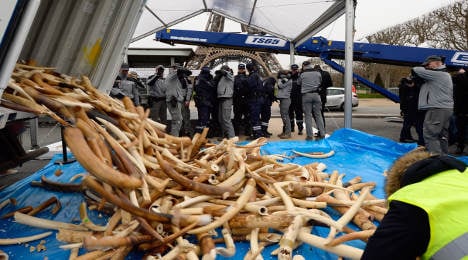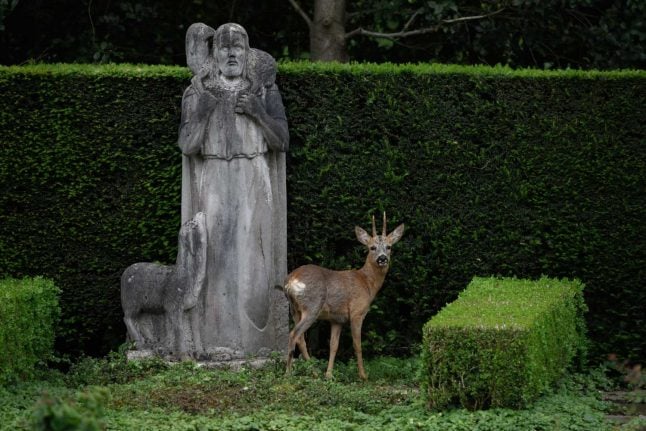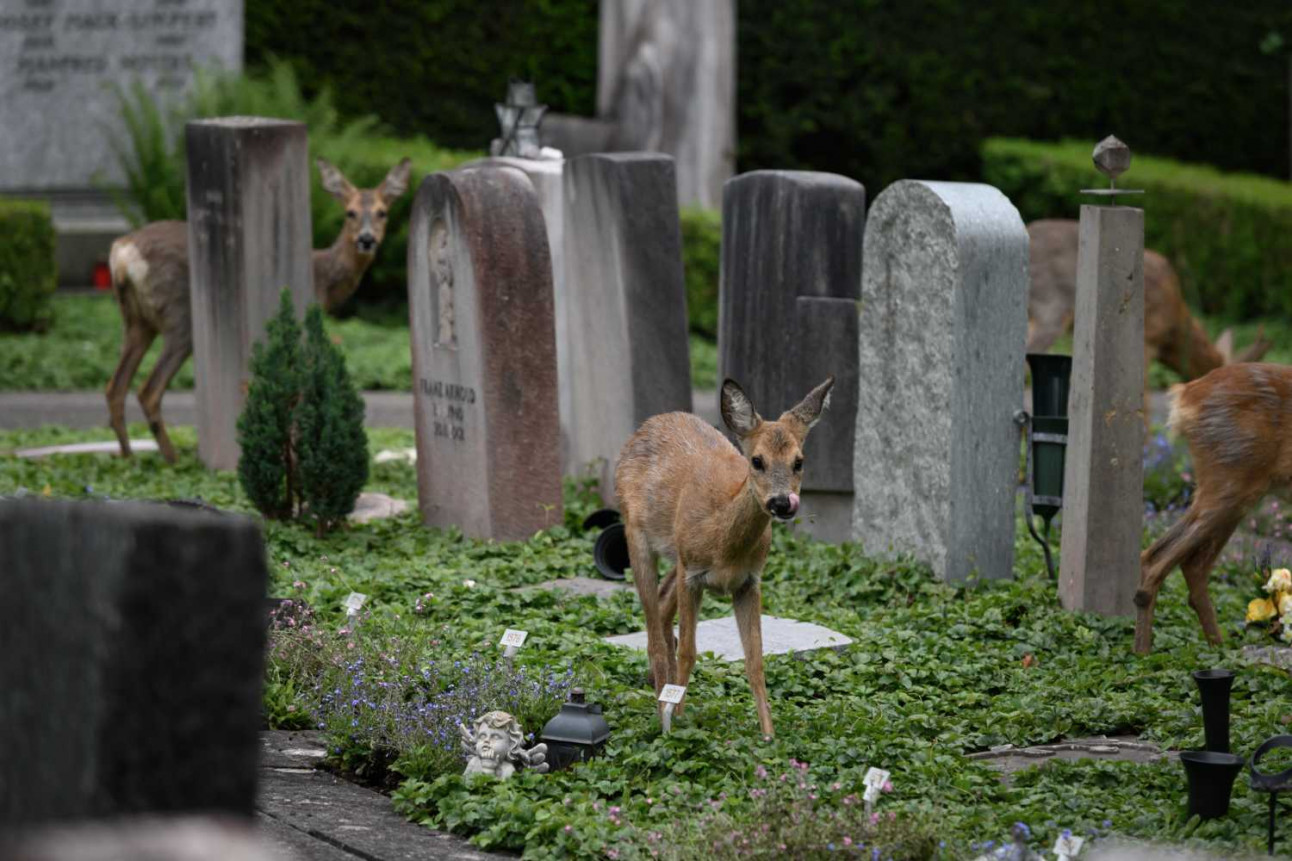France fired the latest volley on Thursday in the world's uphill battle against African elephant poaching, crushing three tonnes of illegal ivory at the foot of the Eiffel Tower and urging others to follow suit.
The contraband with an estimated street value of €1 million ($1.4 million) was fed into a machine and ground, with the powder to be carted off and incinerated.
"With this destruction today… France is sending an unequivocal message to poachers, traffickers and consumers of illicit wildlife products," said French Environment Minister Philippe Martin who attended the event.
"We are resolved to continue the fight against trafficking, and to remove any temptation to recover the seized ivory " for the contraband market. Africa's emblematic pachyderms are being massacred at an unsustainable rate for their tusks to produce ivory that is in high demand in the rapidly growing economies of Asia, particularly China and Thailand.
destruction d’#ivoire illégal:une 1ère en France depuis 1989 @N_Hulot @_PhMartin_ #30millionsdamis #éléphants #trafic pic.twitter.com/3JSYF8deEC
— Reha Hutin (@30millionsdamis) February 6, 2014
Some 22,000 African elephants were killed illegally in 2012, according to a report last year of the International Union for the Conservation of Nature, which warned of "local extinctions if the present killing rates continue".
The African elephant population is presently estimated at some 500,000 individuals — about half the 1980 total. Environmentalists say destroying confiscated ivory is the only way of ensuring that the contraband is permanently removed from the market.
"There are several cases of seized ivory being 'lost' from stockpiles, ie. stolen, then re-entering illegal trade," wildlife crime specialist Wendy Elliot of green group WWF told AFP by email.
French environmental group Robin des Bois, whose name means Robin Hood in English, estimates that France has seized some 17 tonnes of the commodity from smugglers since a global ivory ban was imposed in 1989.
The ban has since been partially overturned to allow limited legal sales — a move conservationists claim has boosted black-market demand.
Destruction des stocks d'ivoire saisis en France #KillTheTrade #IvoryCrush pic.twitter.com/Sxts94BRai
— WWF France (@WWFFrance) February 6, 2014
Most of France's stash has been held in storerooms of law enforcement and justice agencies, or museums. The three tons comprised 2.3 tonnes or 698 individual tusks, both unadorned and engraved, as well as 15,357 ivory ornaments including bracelets, necklaces and sculptures.
Martin said his country was the first in Europe since the 1989 ban to destroy seized ivory in such a public gesture, adding he expected other nations will follow suit.




 Please whitelist us to continue reading.
Please whitelist us to continue reading.
Member comments